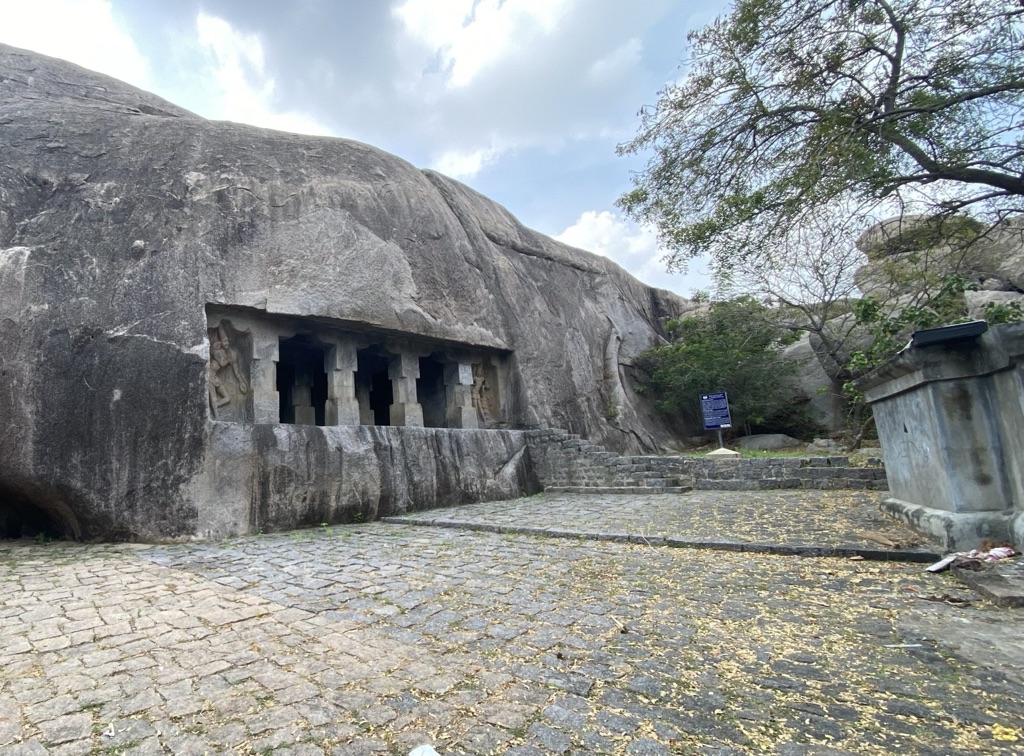Summary
The Architectural Marvel of Mandagapattu
The Mandagapattu Temple is a celebrated historical site that marks an important evolution in South Indian temple architecture. Carved out of a rock face, this Hindu temple is a fine example of early Pallava art and showcases a unique blend of religious and cultural influences. Unlike the later Dravidian temples with towering gopurams, the Mandagapattu temple’s charm lies in its simplistic yet intricate carvings and the absence of deities in its sanctum at its time of conception. This landmark is believed to be the brainchild of King Mahendravarman I, who initiated the practice of rock-cut architecture in the region.
Get your dose of History via Email
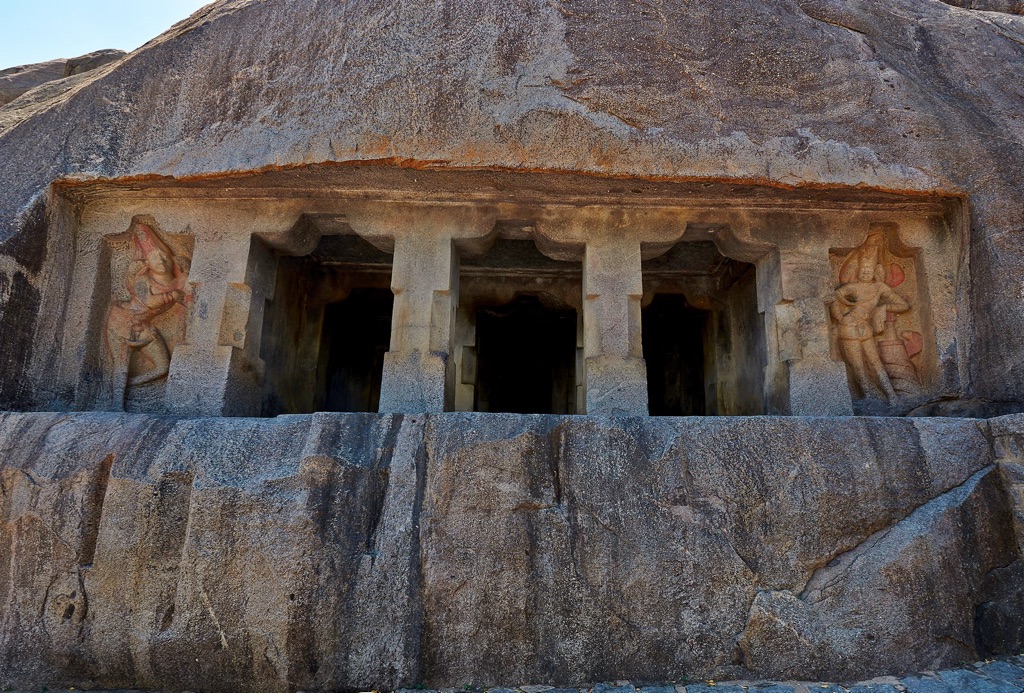
The Historic Significance of Mandagapattu
The historical relevance of Mandagapattu Temple extends beyond its architectural brilliance. It is a precursor to the magnificent rock-cut temples of Mahabalipuram and brings to light the technological and artistic skill levels of the time. The temple’s inscription provides crucial insights into the history of the Pallava dynasty and the Tamil language. It stands as a testament to religious harmony, originally dedicated to the Hindu Trinity, known as Brahma, Vishnu, and Shiva, a rarity in early temple construction that typically honored a single deity. This underscores the inclusive nature of the era’s spiritual practices.
The Cultural Jewel of Tamil Nadu
Today, the Mandagapattu Temple remains a vital cultural icon, drawing tourists, historians, and art lovers to experience its ancient allure. Alongside its historical and architectural value, the temple serves as an educational site, offering a glimpse into the life and traditions of ancient Tamil Nadu. As preservation efforts continue, the temple stands as a beacon of India’s incredible past, bridging the gap between history and the present. It also plays a pivotal role in enhancing local tourism, contributing to the area’s economy and cultural richness.
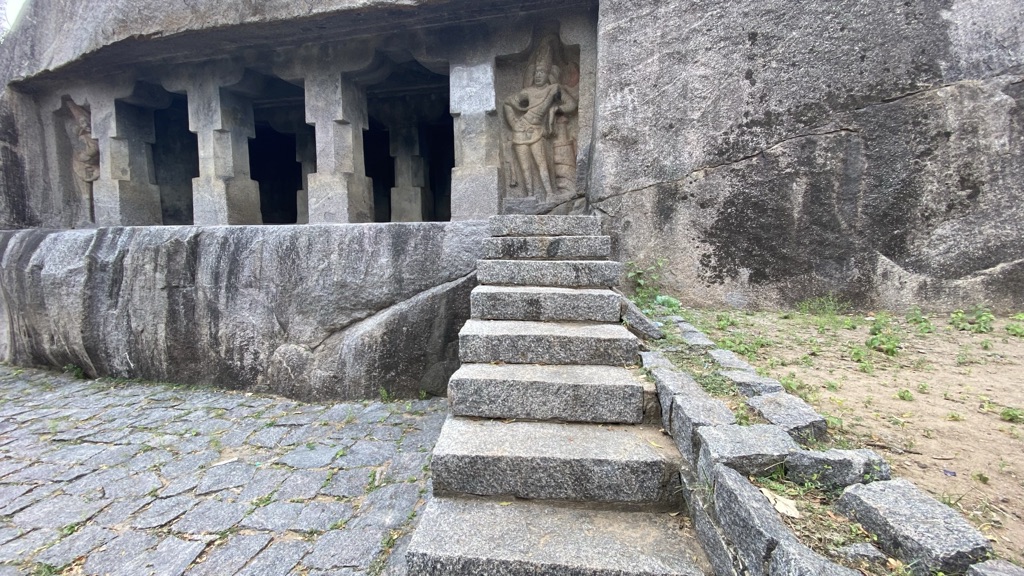
Historical Background of Mandagapattu Temple
Ancient Origins and Royal Patronage
The Mandagapattu Temple stands as a silent witness to the innovative spirit of the Pallava dynasty. Cut from solid rock, this temple is among the first attempts at rock-cut architecture in Tamil Nadu. Crafted in the 7th century under the reign of King Mahendravarman I, the temple heralds the onset of new architectural techniques. The king, known for his love for art and culture, invested in this unique structure to honor the Hindu gods. The temple represents a shift from the older wooden structures to more permanent creations carved out of stone.
The Pallava Dynasty’s Architectural Leap
King Mahendravarman I’s passion for innovation led to the creation of the Mandagapattu Temple. It reflects a leap in the Pallava dynasty’s architectural style. The temple does not conform to the Dravidian style that came later. Instead, it shows a simpler design. The bold move to cut a temple from a rockface was revolutionary. It set a precedent for future temples, including the famous structures at Mahabalipuram.
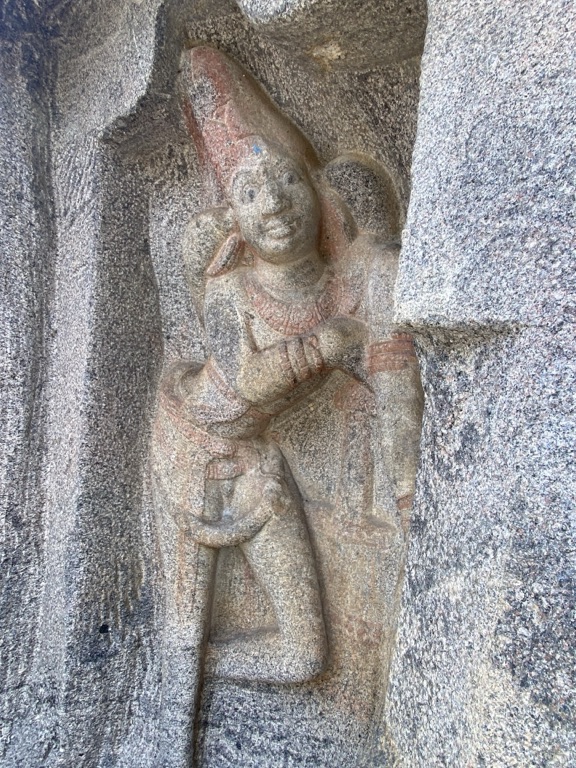
Inscriptions Unveiling a Cultural Tapestry
Inscriptions etched into the temple’s stone walls are enduring cultural artifacts. These inscriptions offer a glimpse into the linguistic and political landscape of the time. They shed light on the Pallava rule and the Sanskrit and Tamil languages’ evolution. Scholars have treasured these inscriptions. They help decode the region’s rich history and evolving religious practices.
Mandagapattu Temple’s strategic location near a trade route made it a cultural hub in its heyday. Traders, monks, and travelers would have been drawn to this temple. They would marvel at its exceptional artistry. This influx of visitors would have fostered a vibrant exchange of ideas and goods.
Today, the Mandagapattu Temple survives amid the rural landscape as a beacon of historical knowledge. It draws visitors worldwide to marvel at its resilience and beauty. As custodians of such a heritage site, efforts continue to preserve its structure and legacy. This allows current and future generations to connect with a pivotal era in Tamil Nadu’s splendid history.
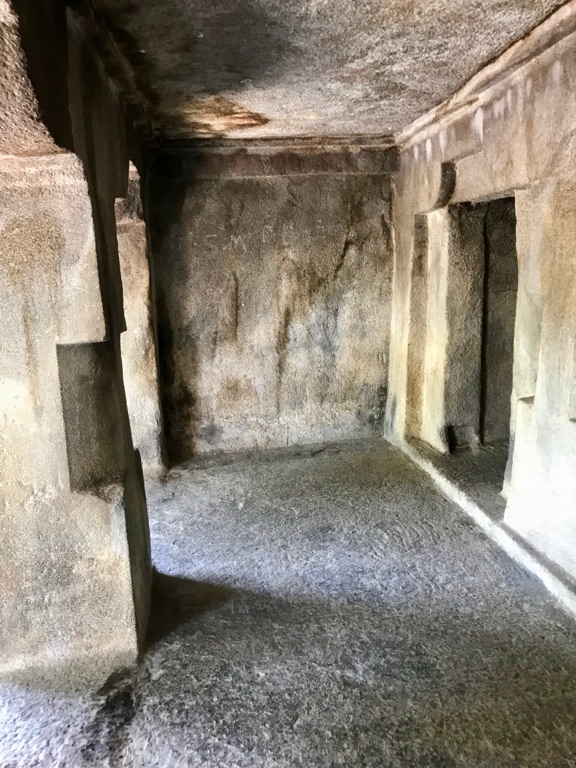
The Discovery of Mandagapattu Temple
Unveiling the Hidden Gem
The discovery of the Mandagapattu Temple, though not documented like ancient wonders, came as a quiet revelation to the locals. Nestled in the Villupuram district of Tamil Nadu, it was rediscovered as a site of importance through the collective memories of nearby village residents. As they shared tales of an ancient temple carved out of a rock, archaeologists and historians became captivated. They began to explore the area, revealing the temple’s faded carvings and sturdy pillars to the wider world.
Reviving the Pallava Legacy
While the exact moment of rediscovery remains a mystery, the temple’s affiliation to the Pallava dynasty has made it a focal point for scholars. They were fascinated by the temple’s architecture. It signals the beginning of the rock-cut era. The Mandagapattu Temple thus emerged from obscurity to become a key site for understanding South Indian history and the spread of Hinduism.
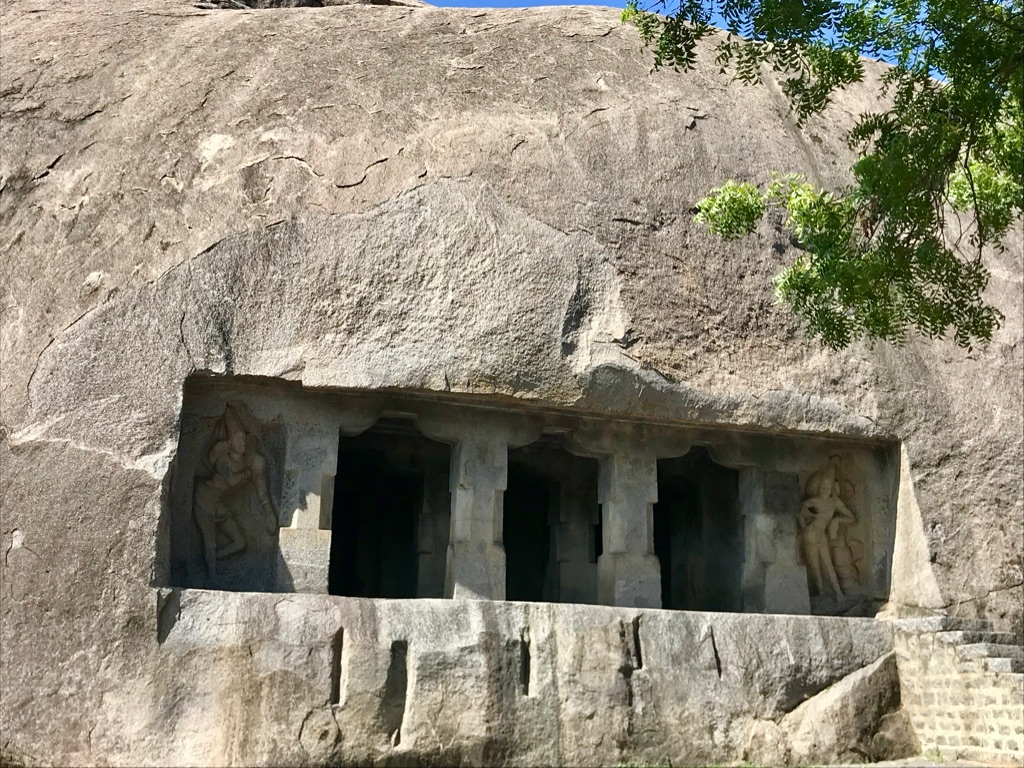
Could Locals Hold the Key?
The temple might have been ‘discovered’ by modern historians, but it never truly vanished from local consciousness. Elderly inhabitants of villages close to Mandagapattu have passed down stories of the temple through generations. They echo a deep connection with the place. Their oral histories have played a critical role in piecing together the timeline and purpose of the Mandagapattu Temple. It highlights the value of indigenous knowledge in uncovering our collective past.
Once identified by the historical community, the temple gained recognition from the Archaeological Survey of India (ASI). The ASI took steps to study and preserve the temple. Their efforts ensure that Mandagapattu’s legacy continues to inform and inspire. The temple now enjoys monitored preservation, allowing for greater insight into ancient construction techniques and religious practices.
Regular upkeep and ongoing research efforts keep the temple’s story alive and evolving. Visitors to the site can engage with history firsthand. They witness the temple’s magnificence and learn about the Pallava dynasty’s contribution to art and architecture. The Mandagapattu Temple stands as a testament to the enduring legacy of India’s historical treasures, rekindling fascination for the Pallava era with every new discovery made within its hallowed walls.
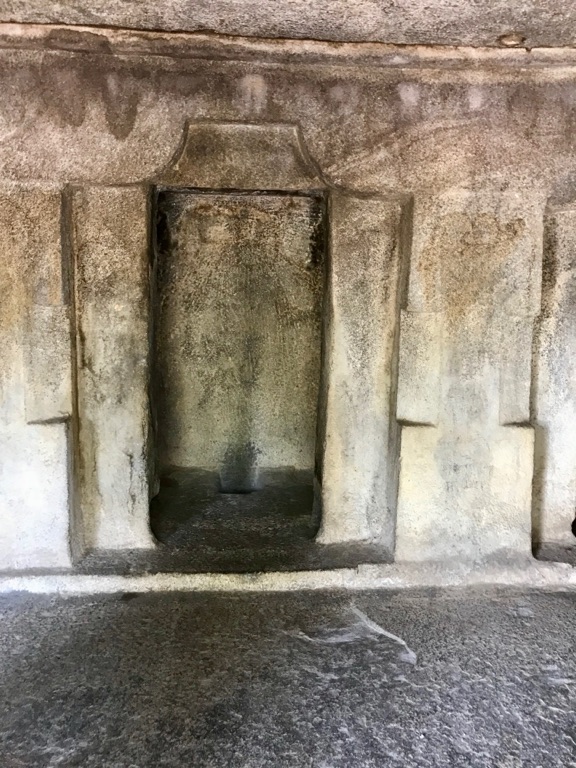
Cultural Significance, Dating methods, Theories and Interpretations
Cultural Impact of Mandagapattu Temple
Mandagapattu Temple’s significance goes well beyond its architectural beauty. As one of the earliest known examples of Pallava stone architecture, it marks an important cultural shift. The temple is viewed as a notable transition from earlier timber-based structures to grand stone-carved temples that would define an era. It stands as a symbol of the Pallavas’ religious devotion and their commitment to fostering art and culture—a testimony to their enlightened rule.
Investigating the Temple’s Age
Estimating the precise age of the Mandagapattu Temple has relied primarily on stylistic and epigraphic analysis. Since the temple lacks material that can be dated using standard radiometric dating methods, historians rely on inscriptions and architectural styles. These methods have placed the creation of the temple in the early 7th century during the reign of the Pallava King Mahendravarman I, a time when rock-cut architecture began to flourish in South India.
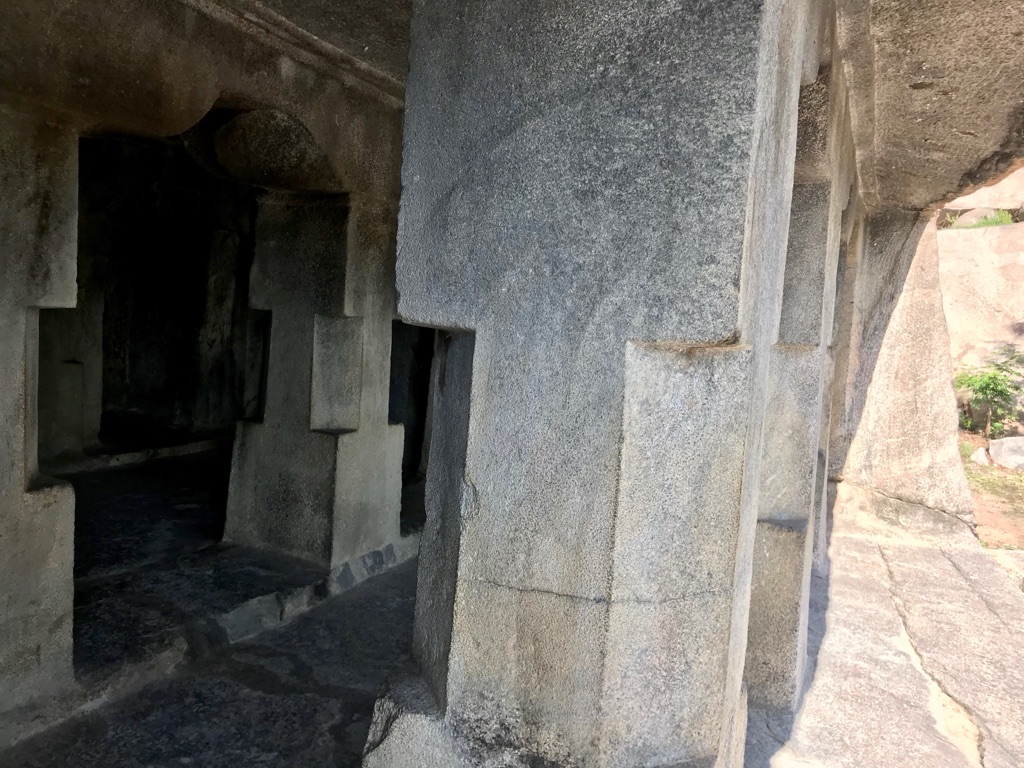
Debates and Theories Surrounding the Site
The absence of deities in the original structure of Mandagapattu has led to multiple interpretations. Some scholars speculate that the temple was used for ascetic practices or for early Pallava court rituals. Others hold firm that its lack of religious icons was a temporary phase, and that it once held wooden figures not preserved to our times. Understanding these nuances offers fascinating insights into the early Pallava spiritual and societal structures.
The temple’s layout and inscriptions have also sparked debate regarding its influence on subsequent temple architecture. Some argue that Mandagapattu set the stage for grander constructions, while others suggest it was a singular project that did not heavily influence later works. These conversations continue to evolve as new evidence comes to light, enriching our understanding of this period.
For the local community and visitors alike, the Mandagapattu Temple resonates as a place of historical and spiritual significance. Festivals and rituals reintegrate the temple into the cultural fabric, celebrating its storied past and ensuring its legacy endures. Through these living traditions, the temple continues to hold a central place in the region’s collective memory and identity.
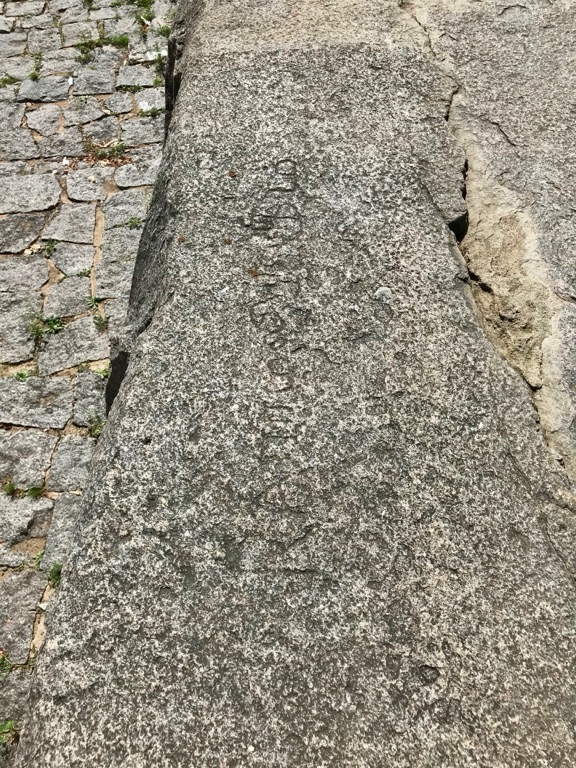
Conclusion and Sources
In conclusion, the Mandagapattu Temple, with its remarkable history and cultural relevance, stands as a testament to the ingenuity of early South Indian architecture. As one of the earliest examples of rock-cut structures in the region, it has provided invaluable insights into the religious and artistic expressions of the Pallava period. The temple’s unique lack of deities, unprecedented style, and groundbreaking inscription in both Sanskrit and Tamil mark it as an extraordinary archaeological and historical site. Its rediscovery and continued study shed light on the rich tapestry of India’s cultural heritage, offering a window into the past that continues to inform and fascinate modern scholarship and public interest.
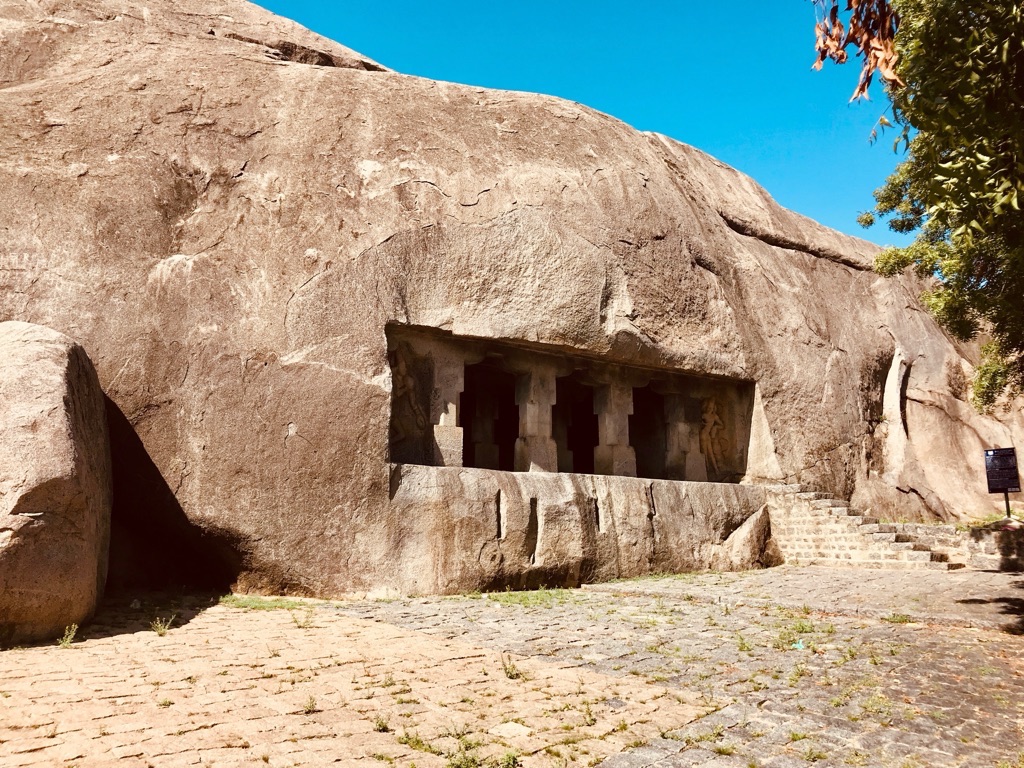
For further reading and to validate the information presented in this article, the following sources are recommended:
Or you can check any of these reputable archaeological and historical texts:
Srinivasan, K. R. (1955). Cave Temples of the Pallavas. Archaeological Survey of India.
Lockwood, M. B. (2001). Temples of South India: A Study of Hindu, Jain, and Buddhist Monuments of the Deccan. Niyogi Books.
Rajarajan, R. K. K. (2014). Mahendravāṇi: Echoes of Indian Culture in the Pallava Epoch. Sharada Publishing House.
Kramrisch, S. (1993). The Hindu Temple, Vol. 1 & 2. University of Calcutta.

